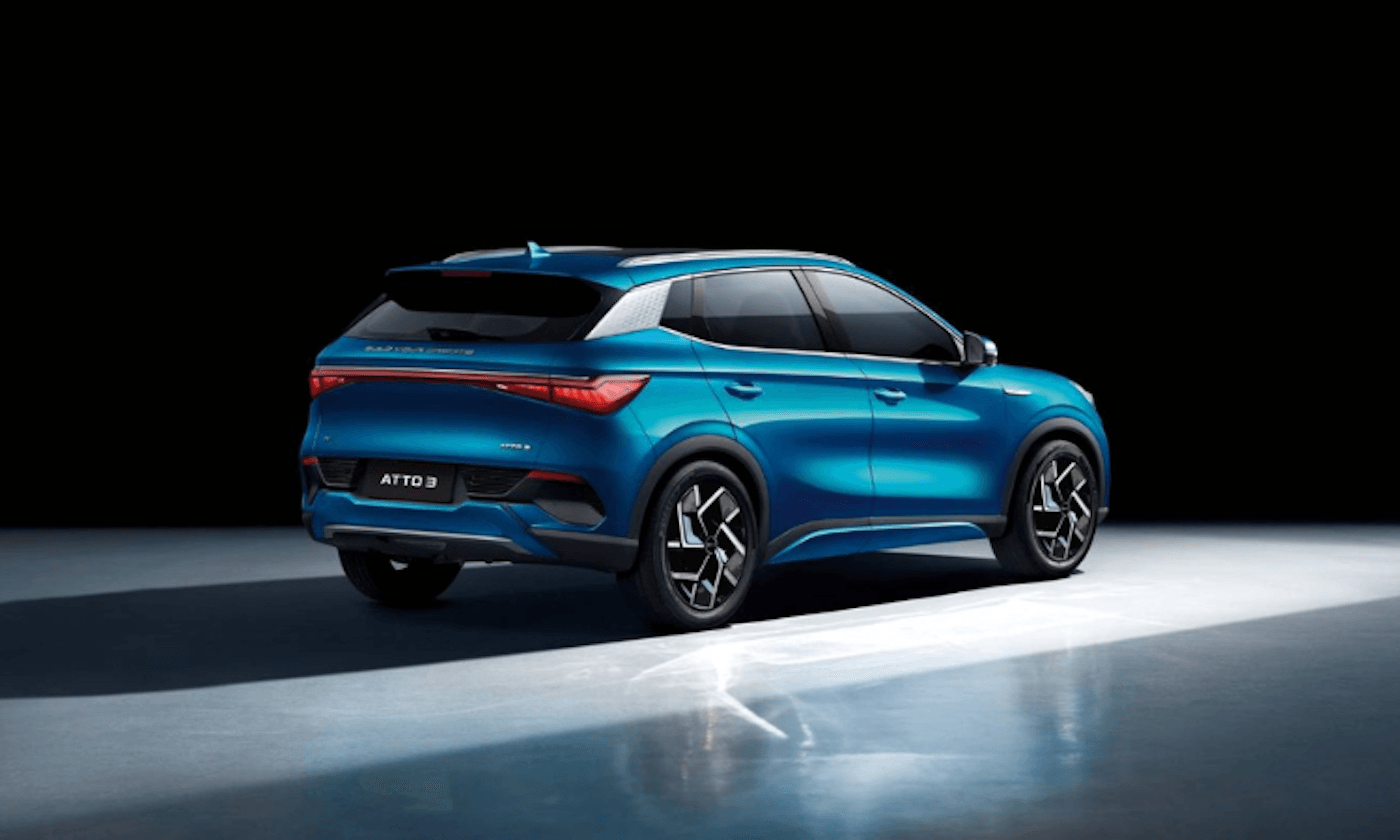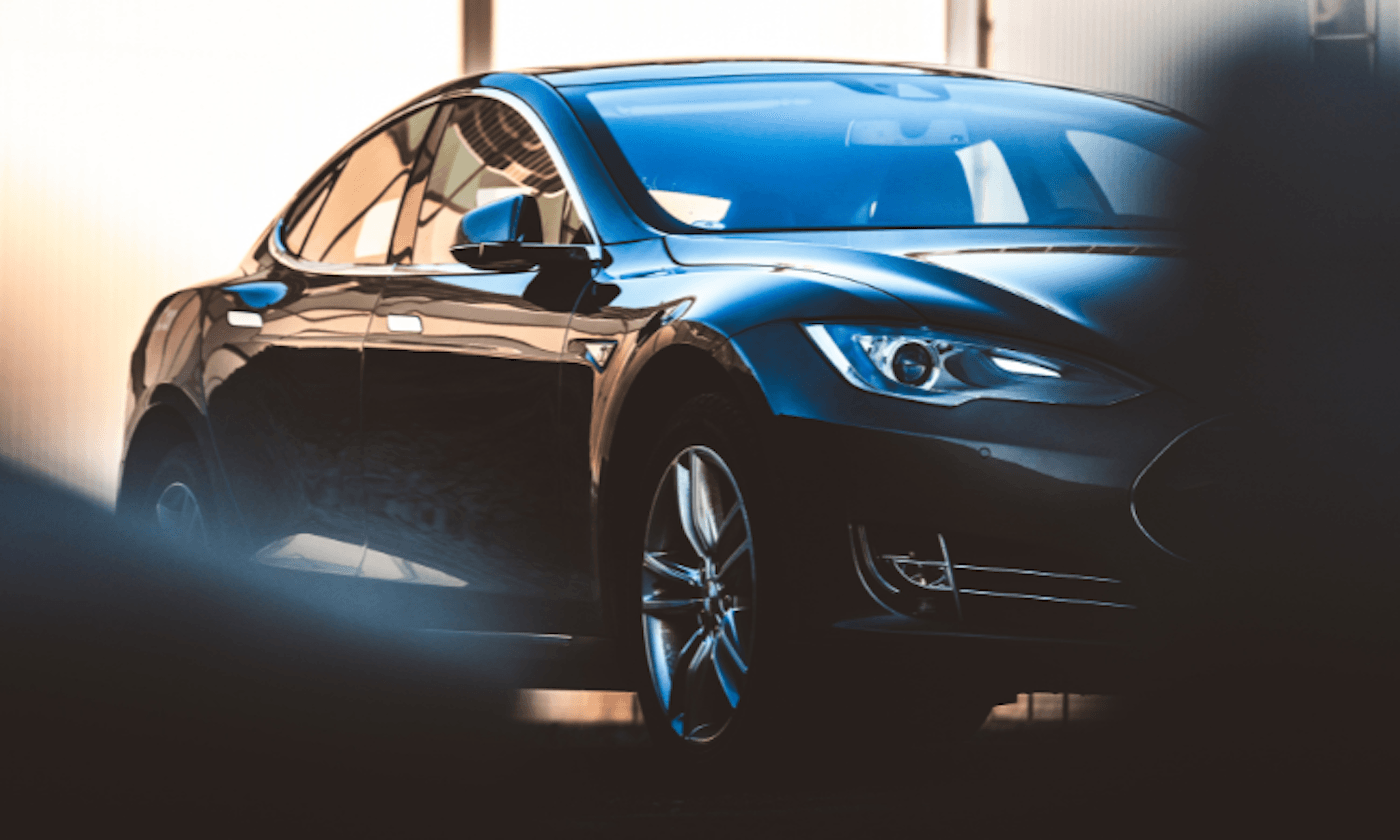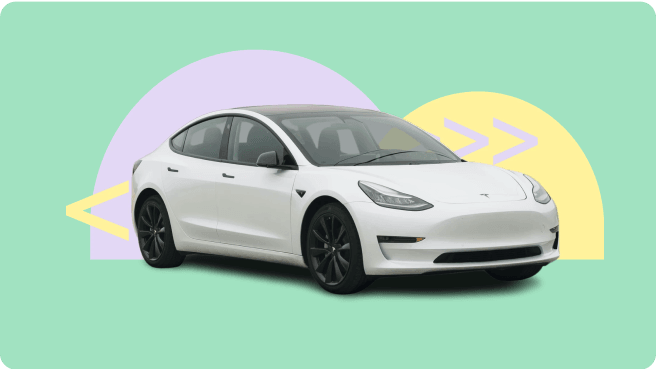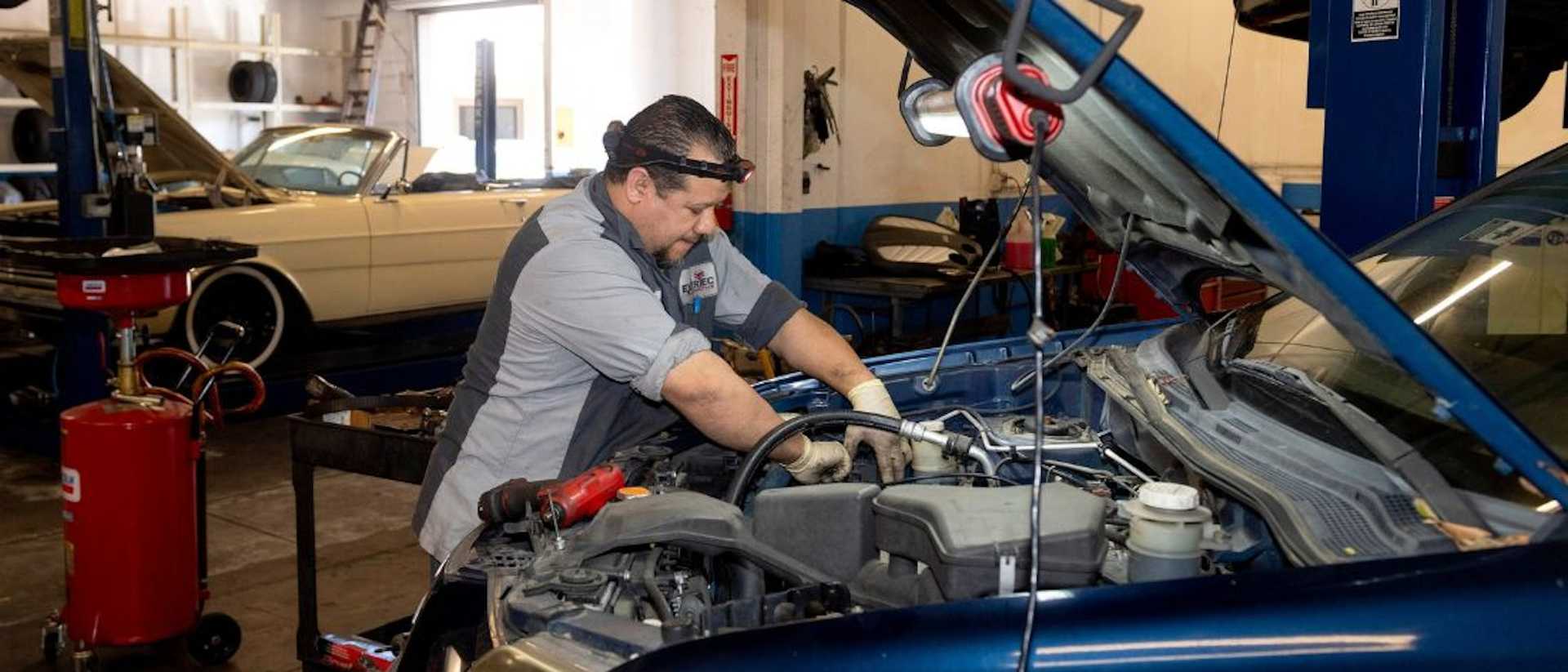How Much Does An Electric Vehicle Cost?

Electric cars are steadily increasing in popularity around the world and have gained a significant foothold in the market when compared to a decade ago. In fact, electric vehicle registrations increased by 62.3% just in 2020 alone, according to the ABS.
While purchasing an electric car is a noble thing to do and a wise investment, it can come at a price. Many Australians often underestimate the initial costs when it comes to electric vehicles.
So, how much does an electric vehicle cost? Are they all expensive? Is there a reasonably priced model available? Are there ways to lower the price?
These are all fair questions to ask, and we will attempt to answer as many of them as possible.
Let’s go through the process together and see where we end up—first, we need an electric car.
What Is The Most Affordable Electric Car Available?
At the moment, there are two cars on the Australian market that are by far the cheapest electric car options available to drivers:
- MG ZS EV Excite
- BYD Atto 3
Driva’s top pick is definitely the BYD Atto 3. For this article, we’re going to focus on this awesome little EV!

Driva’s Top Pick - BYD Atto 3 - $44,990*
So why is the BYD Atto 3 our top pick?
First of all, it came in at #1 in our Australia’s cheapest EV blog post, but it goes deeper than that. Here’s a breakdown of the car that should help make it a little more evident:
- Standard BYD Atto 3 has a range of 320km, and the extended range model has a range of 400km.
- The battery is 49.9 kWh for the standard and 60.4 kWh for the extended range.
- The battery chemistry is LFP, the charging port is Type 2, and the charger power is 7 kW.
- The fast charger port is CCS 2, and the fast charger power is 70 kW for the standard and 80 kW for the extended range model.
- The efficiency is 152 Wh/km for both the standard and extended range.
- Both models enjoy a torque of 310 Nm.
- Both models have 250 kW power.
- The wheelbase is 2,720 mm.
- The ground clearance is 175 mm.
- Boot capacity is 434 L for the standard and 1330 L for the extended range model.
Alright. Not bad.
So we can get a BYD Atto 3 for $44,990*, but is it worth it in the long run? Well, let’s break down the expenses and find out.
How Cost-effective Are Electric Cars—really?
In order to answer this question of how cost-effective electric cars are and how much you should spend on one, we need to look at some of the main expenses you’ll likely face when purchasing and using one. We’re going to use the BYD Atto 3 as our example.
Expense #1 - Charging Stations
You’ve got three options for charging stations:
- Level 1 Home Charging Stations = $0.15 - $0.30 per kWh
- Level 2 Public Charging Stations = $0.20 - $0.25 per kWh
- Level 3 Public Charging Stations = $0.30 - $0.60 per kWh
The difference is speed and who’s providing the charging station. This is what drives the prices. For level 1, you’re charged electricity rates at home. If you charge during peak hours, it becomes more expensive. Additionally, the charger you use can have an effect on the cost. If you’d like a full-featured pure EV charging unit, you could expect to pay up to $2,500.
Expense #2 - Insurance, Registration, and On-Road Costs
Insurance for electric car owners in Australia is quite high due to EVs being more expensive in general—with parts not readily available.
Additionally, registration can be expensive for EVs. It’s important to note most states have offered incentives to bring these prices down, for now, to encourage more people to buy these new vehicle types.
Expense #3 - Power and Fuel Costs
In Australia, it costs between $0.30 to $0.60 per kWh to charge your car. This means you’d likely be paying roughly $22.45 per charge of your Atto 3 for a driving range of 345 km. A single litre of petrol in a fuel-efficient car gets you roughly 12.5 km and currently costs, at the time of writing, $2.10.
If we use Atto 3’s range, we’d have to spend approximately $57.96 on petrol in our hypothetical petrol car to achieve this model’s driving range. Another way of looking at this is per km. With electric cars estimated to cost on average 3 cents per kilometre in comparison to petrol cars 12 cents per kilometre, EVs are clear winners of this category.

Will Electric Cars Take Over Petrol And Diesel Cars In Australia?
The short answer is yes. The better question to ask is ‘how long will this take?’ although we’re still a long shot from seeing this happen in Australia or most countries around the world, there are some positive signs. Take the ACTs recent decision to aim for a ban on petrol and diesel engines in 2035, for instance. Here are a few things that need to happen before electric cars take over.
EV Batteries Need to Become Cheaper
The first major step that needs to be taken is that EV batteries need to become cheaper to manufacture. The issue is that batteries and most green technologies, among countless others, rely on minerals that are harder to come by, namely, Lithium. Because supply and demand are so out of balance, it has led to a price increase which is passed on to consumers.
The good news is that this is expected to improve over time. Additionally, countries are taking further steps to shore up lithium battery production, which should work to reduce manufacturers' costs.
Additional Government Incentives Need To Be Implemented
While there are some incentives available, they’re simply not enough. It’s clear we need to get more serious about reducing the price of EVs through stronger incentives and subsidies. While we’re not 100% where we’d like to be, it’s clear this is becoming more widely discussed in the chambers of parliament—hopefully, this translates to meaningful legislation.
What Are The Current Australian States’ Government Incentives?
There are some active incentives across the country for EV owners. Let’s take a look at some of the incentives on the state level to see how this would impact your costs of owning an electric car.
Western Australia
WA has been the slowest to embrace the EV revolution and therefore has been the slowest in offering incentives. In May 2022, that changed. They’ve announced and implemented the following incentives:
- 10,000 rebates of $3,500 for EVs and hydrogen vehicles valued below $70,000.
- $20 million investment in EV public charging stations in 45 locations across WA. This will ensure adequate charging facilities around the state.
Northern Territory
Here are the incentives offered in the NT:
- Waiving the registration fee for EV vehicles
- Waiving stamp duty fees for plug-in EVs up to $50,000.
New South Wales
As NSW is the most populous state in the country it shouldn’t come as a surprise that they’ve got a ton of EV incentives to achieve their EV sales goal of 50% by 2030-31. Here are some of the active incentives:
- 25,000 rebates of $3000 for EVs up to $68,750 cost price.
- EVs priced up to $78,000 can also receive refunds on stamp duty which can end up being around $3000. When these rebates are used together, these rebates bring in $5,500 in savings!
- By 2027, no more stamp duty on EVs and plug-in hybrids.
- $171 million investment into EV charging stations.
- 100% EV bus fleet by 2030
- Banning fossil-fuelled vehicles by 2040.
South Australia
Here are the incentives offered in SA:
- $3000 rebate on new EVs under $68,750.
- 3-year registration exemption for EVs under $68,750.
- $25 million investment in EV charging stations.
- EV target of 50% by 2030, petrol/diesel vehicles banned by 2035.
Australian Capital Territory
The earliest movers in the EV incentives game were the ACT. ACT incentives include:
- Stamp duty waiver on vehicles emitting fewer than 130g of CO2 per km. You could potentially be saving between $400 and $1,800.
- Two years of free registration for new or used EVs.
- Zero-interest loans up to $15,000 to help purchase an EV.
- 50 public EV charging stations are being built.
- Banning fossil-fuelled vehicles by 2040
More Affordable Options Need To Enter The Overall Market
The other major factor is that we need more EVs to hit the market. Most major car companies have yet to truly produce a wide range of EV models. We need big-name car manufacturers like Toyota, Mazda, Kia, Hyundai, Ford and the like to release far more EVs than they are now. If household names started investing in the development of other electric cars, electric car prices would likely fall.

So, How Much Does An Electric Car Cost?
In a nutshell, you’ve got the initial cost of $44,990* for your new car. Depending on which part of Australia you’re purchasing the EV from, this can be cheaper. With an additional $2,500 for a premium home-charging system, you’re at $47,500. When you add high comprehensive car insurance fees to this additional cost, EVs may seem a bit too far out of reach for those without capital. This is where the tables turn though. When you factor in saved petrol costs, your state's relevant incentives plus on-road costs, you save thousands throughout the year when you opt for an EV over a petrol or diesel vehicle.
This makes EVs a great choice for any privy investor with a longer time horizon wanting to help the planet and their bank account at the same time.
If you’re not ready to enter the higher purchase price world of fancy Tesla Model 3's, then hybrid cars might be for you. They’re often more affordable and are a progressive step towards a greener future. It's worth noting that Tesla prices in Australia can vary depending on the specific model and features chosen. However, even though Tesla cars may have a higher initial cost compared to traditional vehicles, they often offer long-term savings through reduced fuel and maintenance expenses. If you’re not ready to enter the higher purchase price world of fancy Tesla model 3’s, then hybrid cars might be for you. They’re often more affordable and are a progressive step towards a greener future.
So what are you waiting for? Start your electric vehicle research today by test driving one of the models we have featured in this article and if you need help financing a new ride Driva can help with a range of electric car loan options available.
FAQ
How Much Does an EV Cost to Charge?
In Australia, you’re looking at a cost of $0.30 to $0.60 per kWh to get your vehicle charged up. Roughly this will translate to spending $11.5 to $23 to charge a small vehicle or $22.5 to $45 for larger long-distance EVs.
What Are The 4 Types of Electric Vehicles?
When we talk about electric cars, it doesn’t mean they’re all the same. In fact, there are 4 types of electric cars you need to know about:
- Battery EV (BEV) = Fully powered by electricity. A BEV is more efficient than hybrids and plug-in hybrids.
- Hybrid EV (HEV) = An HEV uses an internal combustion engine and a battery-powered motor to run the vehicle. Petrol is used when the battery is empty and to charge the battery.
- Plug-in Hybrid EV (PHEV) = This type of electric vehicle uses an internal combustion engine and a battery. The battery is charged using external sockets, so it’s not charged by the engine, unlike an HEV.
- Fuel Cell Electric Vehicle (FCEV) = Chemical energy is used to produce electrical energy. A good example is a hydrogen FCEV.
Are Electric Vehicles Expensive?
While electric cars are definitely getting cheaper, they’re still a far cry away from being as affordable as other cars. In Australia, entry-level models are relatively affordable in comparison to other countries where prices can reach astronomical figures. As it stands, only three countries are beating Australia regarding the cost to entry-level model EVs: China, Japan, and Norway.
The price remains relatively high worldwide due to chip shortages, Covid shutdowns, etc. However, in the coming years, we should begin seeing the price decline.
What Are The Main Disadvantages of an Electric Car?
There are three primary disadvantages of owning an electric car.
- Finding charging stations - It shouldn’t come as a surprise, but there’s an imbalance between petrol stations versus EV charging stations. More EV charging stations are popping up everywhere every month, but it’s not fast enough to make a dent in the comparison.
- Long charge times - Charging an electric car can take a while. This is unlike petrol vehicles, which just need a top-up, and they’re good to go. However, charging times have improved over time, especially with newer technology being used.
- Driving range on full charges can sometimes be disappointing - Some electric vehicles don’t offer impressive driving ranges on a full charge. The average has been noted as 200 miles of effective range.
Is buying a motorcycle one of your options? Have a look at our guide on how much it would cost to own a motorcycle.


.png)







